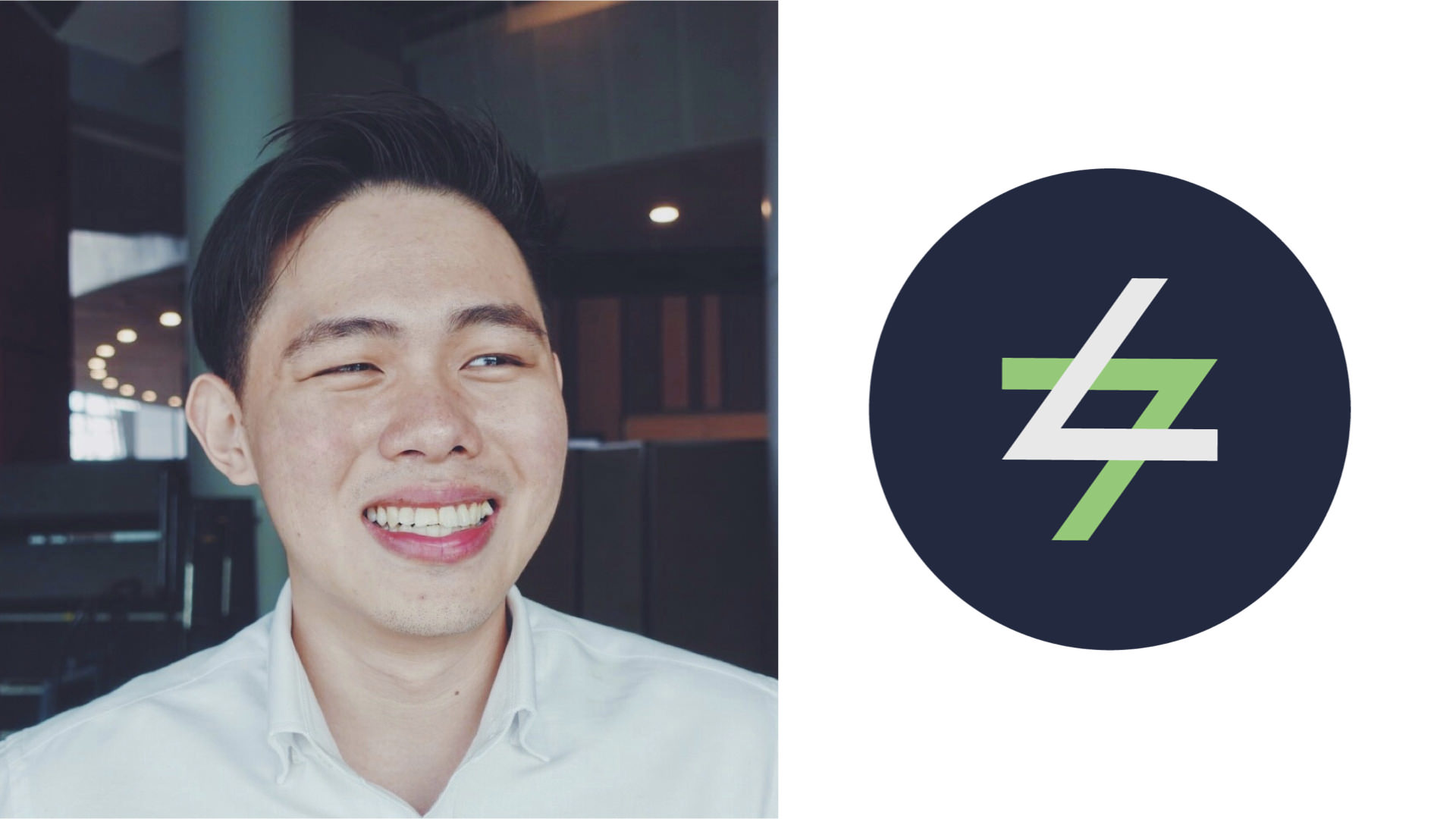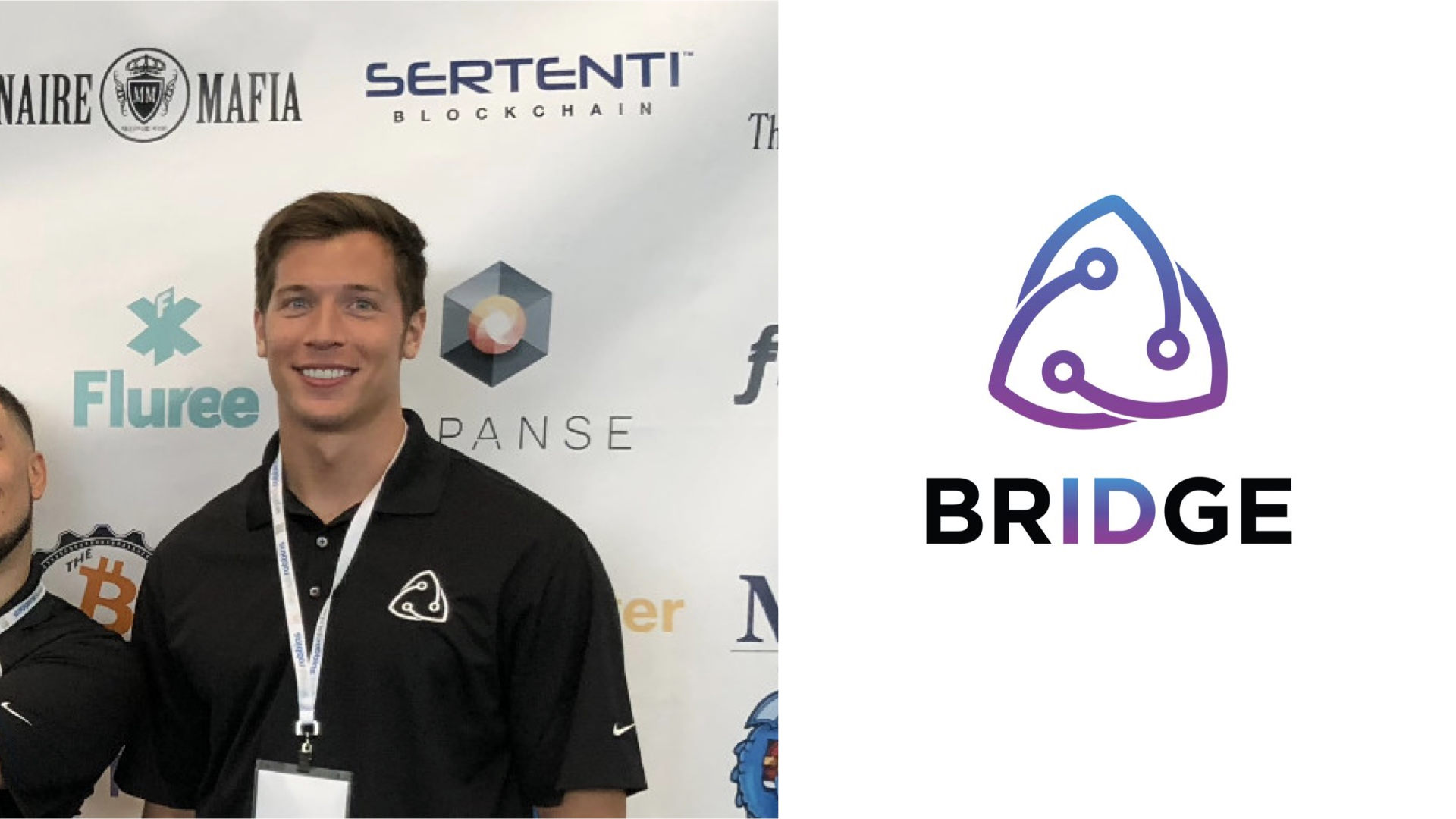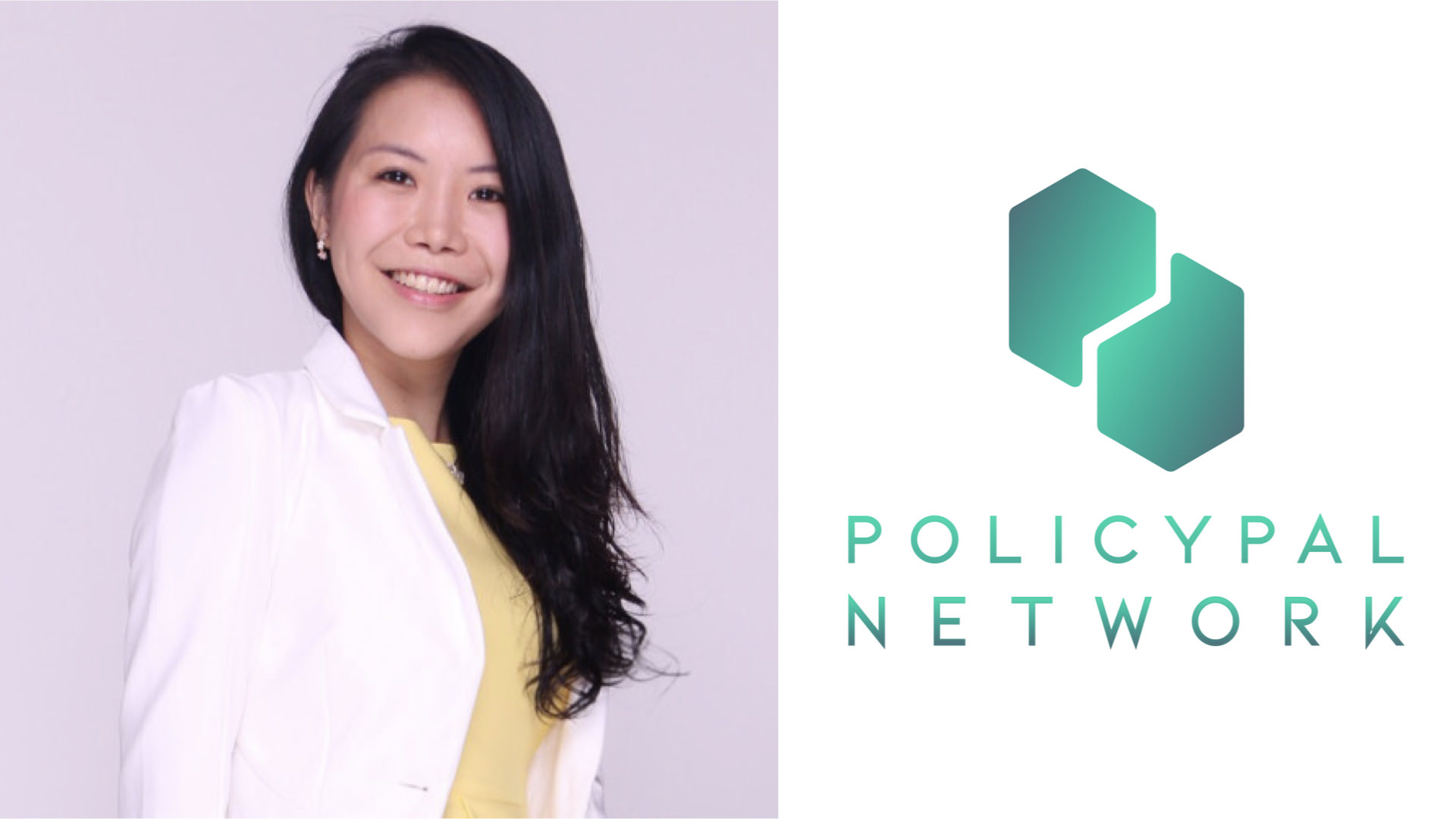For many, launching their Initial Coin Offering (ICO) presents a daunting yet necessary step in their start-up journey. While a product might be flawless, attracting investors can seem impossibly hard when taking into account all of the various parts involved in holding a successful ICO — from the amount needed to fund it to legal compliance issues that vary from region to region.
We spoke to 4 founders that have run successful ICOs about what they deem to be important when launching ICOs, how to best go about approaching such a gargantuan task and some of the issues they encountered when doing so.
Switcheo Network – Co-Founder and CCO, Jack Yeu

As a decentralized exchange (DEX) built currently on the NEO blockchain, Switcheo Network facilitates the trustless peer-to-peer transfer of digital assets across different participants, and eventually across different blockchains.
With Version 2 of their contract having launched earlier last month, users now have the ability to confirm trades instantly using an off-chain matching engine, use a mobile UI, and to use their newly opened trading API for bots and wallet integration.
How much did you manage to raise?
We raised US$8.7 million in our March ICO.
Did you hold a private sale? How did you secure early adopters and how did you come to fill the round?
Yes. We were building the first decentralized exchange on NEO and as such had a small following from the start. Back when we first started working on our project, other competing product DEXs on NEO were attracting a lot of attention and a huge following, and when we announced we could launch a working product before them, the attention of the NEO community focused on us.
What we learned [after meeting Roger Lim, one of the founding partners of NEO Global Capital] was that having a strong sponsor really accelerated our fundraising process, and the advice and connections he brought to us proved to be invaluable.
Do you think a whitepaper or private sale ICO Deck is actually important in running a successful ICO?
I believe the whitepaper is important in explaining in detail, the idea and process for executing each project. Sometimes the idea for each project can be complex. Investors want to find out more about the project execution, team, roadmap, and technical implementation – all of which can be laid out in the whitepaper.
Recently, ICO decks have become a more popular choice, with colorful graphics and illustrations appealing more to retail investor participants. Both a whitepaper and private sale ICO deck are important to craft an effective brand story for participants to learn more about your project, and to take part in your ICO.
What do the Switcheo Tokens do, and how many did you choose to distribute?
We distributed 1,000,000,000 (1 billion) Switcheo Tokens during our token sale. The Switcheo Token (SWTH) provides a 50% discount when used for trading fees, similar to how the Binance Token (BNB) can be used. It also acts as a trading pair to potentially facilitate the transfer of value across different blockchains in the future.
We decided on this model as we wanted to make our token economics as simple to understand as possible. We realized the more complex the token economics are, the more trouble retail investors would have in understanding the structure. Essentially, our priority was to make sure our project and token was easily understood by the masses.
What was the biggest challenge you faced while preparing for the ICO?
Initial marketing was the most difficult challenge we faced – we realized that it was extremely difficult to run an ICO without an existing community so we spent a lot of effort in developing the Switcheo community from scratch to what it is today.
To garner initial interest in our project from the crypto community, we included funds and community members, like NGC, that had influence over huge existing crypto communities.
BOLT – Co-Founder and CCO, Christel Quek

Launching in 2019, the BOLT Token will be designed to bridge the gaps that exist amongst digital services, hosting a new generation of decentralised services for the 6 billion people in emerging markets. It is envisaged as a medium for which content and service producers will be able to monetise their efforts without the need for distributors and middlemen.
They already have existing partnerships with telcos and content partners such as the Discovery Channel, Maxis and Digi.
How much did you manage to raise?
We’ve done our raise in a combination of Ether and NEO, at a hard cap of US$12 million.
Did you hold a private sale? How did you secure early adopters and how did you come to fill the round?
Yes, we did hold a private contribution round. Most of our funds raised (approximately US$9 million) was done through a private sale that was completed in 2 months. The remainder (US$3 million) was allocated for our public contribution round for which we’ve already received 7,000 applications for 5,000 whitelisted slots.
We were very strict in ensuring that we had strategic investors onboard – including the founders of some of the largest cryptocurrency communities around the world. We would assess their contributions to our project, including introductions to key partnerships, that they would trade our BOLT Tokens diligently (versus a ‘pump and dump’ situation) and also investors who have made investments in similar ticket sizes before.
How did you decide how much funds to raise for your tokens? Any reason you decided to use an ICO instead of VC to raise money?
We decided on the funds required after assessing how much the business really needed from an OPEX (operating expenses) perspective – in order to operate without a revenue line for the next 5 years. We allowed for a smaller market cap (sub-US$30 million as of ICO stage) allowing for reasonable appreciation in our market cap post-ICO.
VCs are useful post-Series A when a company goes from start-up to scale-up and when leveraging their network for institutional liquidity without diluting the ownership of the company away from core team members and pre-ICO investors.
What steps did you take in ensuring interest in your project throughout or before the ICO phase?
We had an android application that garnered over 150,000 downloads within 1.5 months. To private investors, this proved that we were more than a whitepaper and a good team – we could walk the walk when we needed to.
We also garnered over 10,000 users on our Telegram channel and 2 million fans on Facebook without any media buy, airdrops or bounty programmes. Having a strong following and community before launch is essential.
How much did you spend on running your ICO? Do you recommend other founders to the same?
Most ICOs would run into a high six-figure investment – some that I personally know of have even gone up to a seven-figure sum.
At BOLT, we spent just under US$500,000 on our ICO, including legal, accounting, operational and technology fees – all of which was borne out of the founders of BOLT (my CEO, Jamal Hassim and myself). I would recommend that companies looking to launch their own ICO have these funds in place as an investment in order for it to have the highest chance of success.
Good things take time and money, especially if you want the process to be rigorous and done to a high standard. You might not always have the capabilities in house, as such, it makes good sense to outsource one-time work to experts like PR agencies and designers.
Bridge Protocol – Founder and CEO, Stephen Hyduchak

Bridge Protocol is an identity management service on the blockchain designed to allow a one-time Know Your Customer (KYC) that is portable across multiple ICOs and exchanges. This allows users to secure their identities without the business or individual having to store any sensitive user information, reducing identity verification costs significantly.
In the future, they aim to become a simple plug-and-play API that functions in both blockchain and non-blockchain applications.
How much did you manage to raise?
During the token sale, the company raised nearly US$13 million.
Did you hold a private sale? How did you secure early adopters and how did you come to fill the round?
No private sale was held, all tokens were offered to the whitelisted public. Our consulting firm ProjectICO set us to be leaders in the ICO space and allowed us to make those critical early connections in the blockchain space. Consumers dealt first hand with KYC (Know Your Customer) issues we addressed in our whitepaper.
Why did you feel the need to create Bridge Protocol?
Throughout 2017, we had been consulting with various ICOs and came across some glaring issues: our clients such as Elastos and Loci, amongst others, were spending large sums of money on legal and compliance verification. As the core cost of this was identity verification for participation in ICOs, we knew that the cost could be reduced through a portable public/private key transaction.
What steps did you take in ensuring interest in your project throughout or before the ICO phase?
We made sure we engaged with our community through AMAs and influencers in order to be fully transparent. We wanted to ensure question was answered and every issue resolved.
As a testament to this, we refunded over US$1 million that was erroneously sent to our token sale contract. The team stayed up throughout the night to make sure users received their NEO back within 48 hours while the sale was going on!
What advice would you give to new companies currently preparing for their ICO?
This space is not as it appears on the surface as a trader or investor. There are a lot of politics (literally and figuratively) involved and you need to overcome them in each area when running an ICO. The ICO market has changed and is now moving towards a much more standard finance model.
The empty promises, quick cash and moonshot days of 2017 are over. It is now time for those serious about changing this space to begin their development and implementation. Without robust, compliant solutions, this space cannot move forward in its best regard.
PolicyPal Network – Founder and CEO, Val Yap

PolicyPal Network is run on the first insurance blockchain to offer affordable, scalable, secure and private support – powered by PolicyPal Protocol. By implementing a two-layered protocol, the Public and Private net, PolicyPal Protocol addresses the sensitive data needs of insurance policies.
With a vision to provide a one-stop marketplace for decentralized insurance applications (dapps) powered by the community, they already have an active user base of 50,000 for their affiliate entity, PolicyPal Singapore, helping users manage, buy and optimize their insurance policies.
How much did you manage to raise?
We managed to raise 23,809 ETH (~US$20 million) in our token sale in early March 2018, and tokens in the public crowd sale were 100% sold out in 35 seconds.
Did you hold a private sale? How did you secure early adopters and how did you come to fill the round?
Yes, we held our private presale and we received an overwhelming response! The private investor’s sale was completed in 3 days during early February. Other than the private sale, we also held a public crowd sale which was open to the community. During both of these rounds, 50% of our PAL tokens were sold.
Any reason you decided to use an ICO instead of VC to raise money?
We went with an ICO instead of VC for these reasons:
- We would like to build an ecosystem with insurers, partners and the community. Raising funds through a token sale enables us to work closely with the community to develop the product together.
- Our vision is to build a decentralized insurance protocol that offers transparency to the policies incepted in order to reduce fraudulent claims. This allows new forms of insurance protection such as peer2peer mutual aid insurance products, making costs more affordable to policyholders.
What steps did you take in ensuring interest in your project throughout or before the ICO phase?
To ensure interest and community engagement before and throughout our ICO phase, we hired Community Managers. They share all our projects on Telegram and Twitter, and also frequently engage the community to address any concerns they might have.
Telegram engagement is especially important in my opinion, and at one point in time, we had over 23,000 members in our Telegram channel! I believe that being active and engaging our community on social media is crucial to a successful ICO.
Who are the 3 most important people to run an ICO?
I feel that a dedicated team, with a business lead, operations lead and technology lead are the most important roles needed to run an ICO. The CEO is crucial to brainstorm and lead the project, dedicated team members to provide marketing and technical support, and an operations lead to manage the whole ICO project to instil investor confidence in the project.
Related: How To Run A Successful ICO (Part 1): Should You Even ICO?

